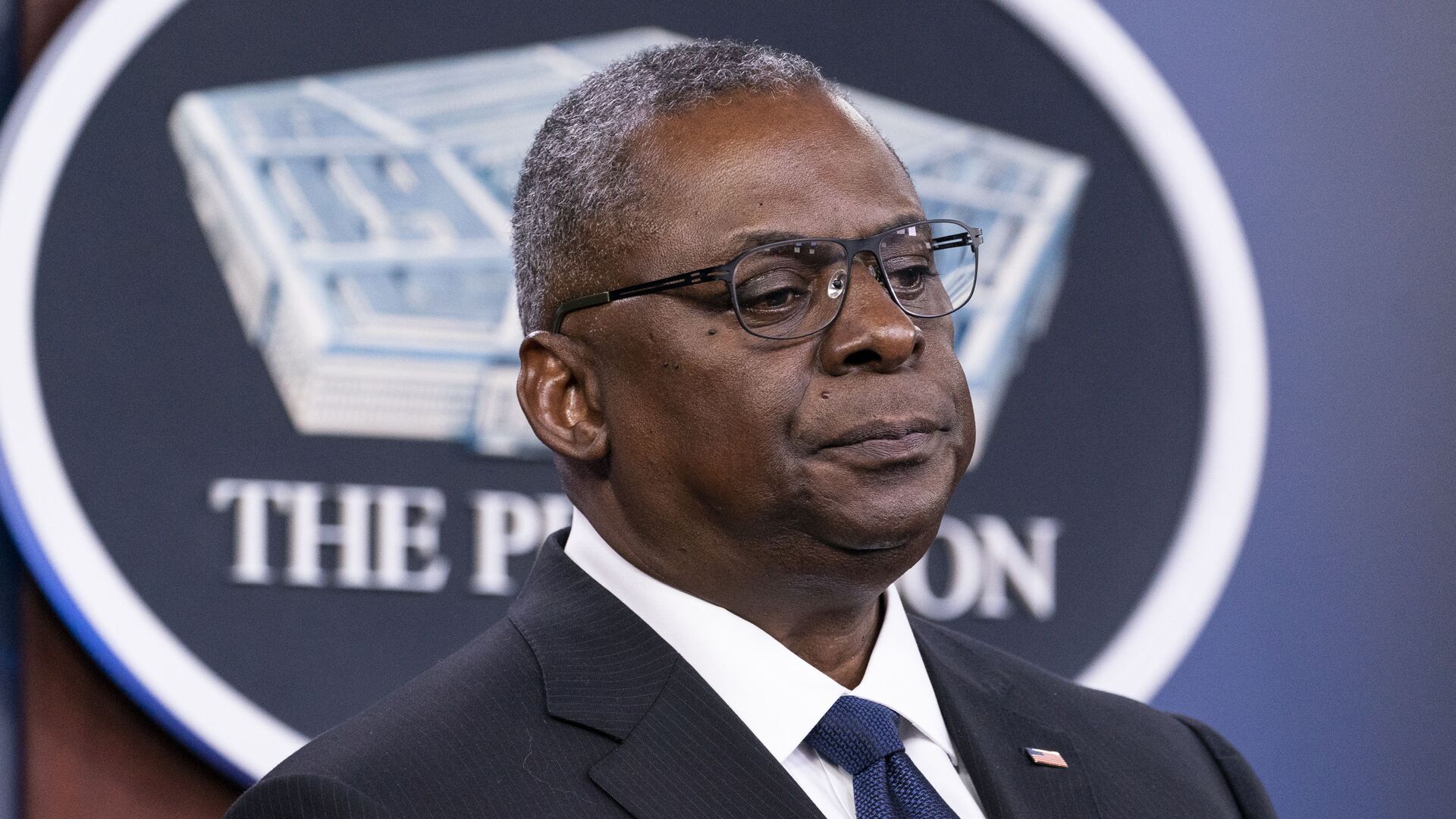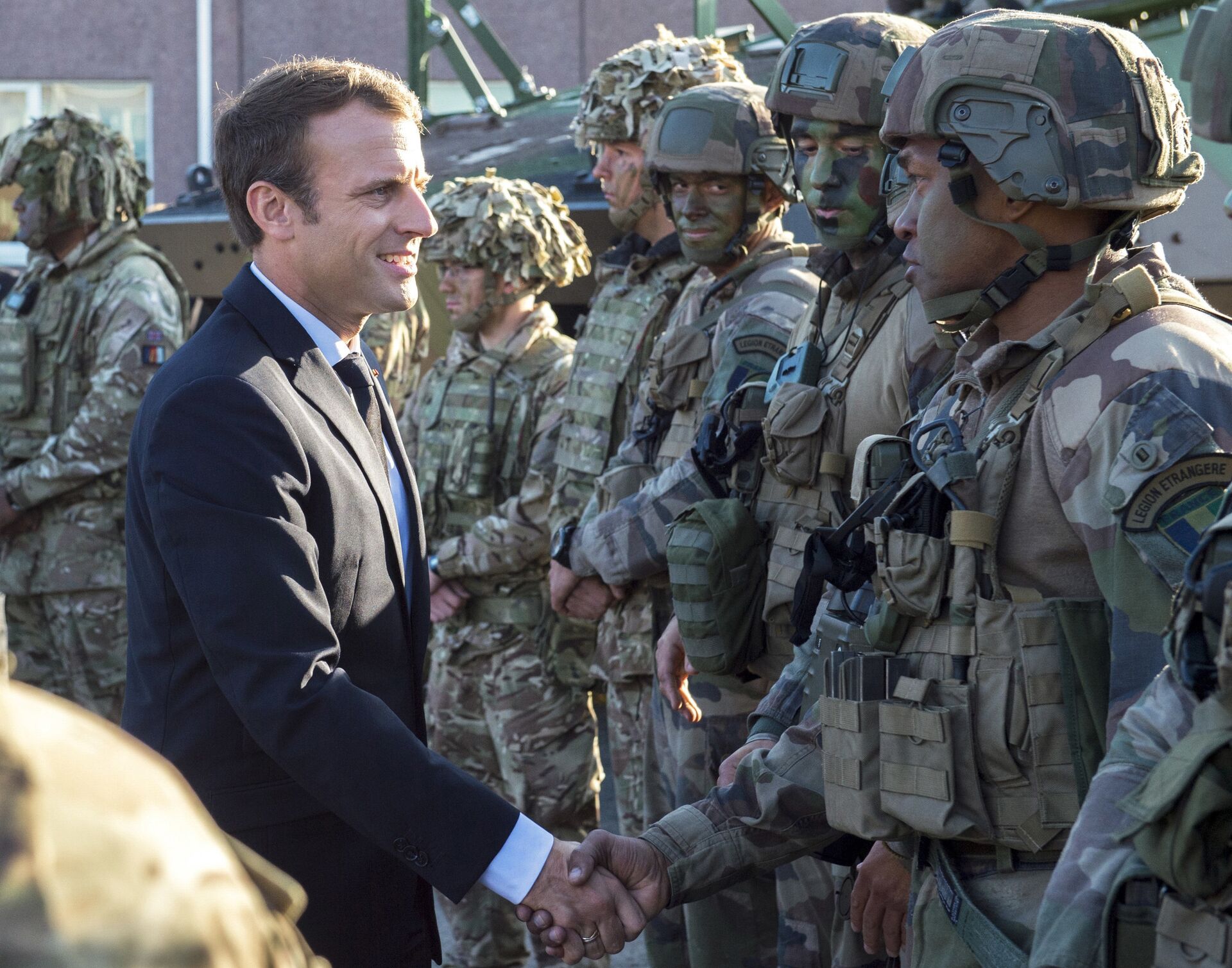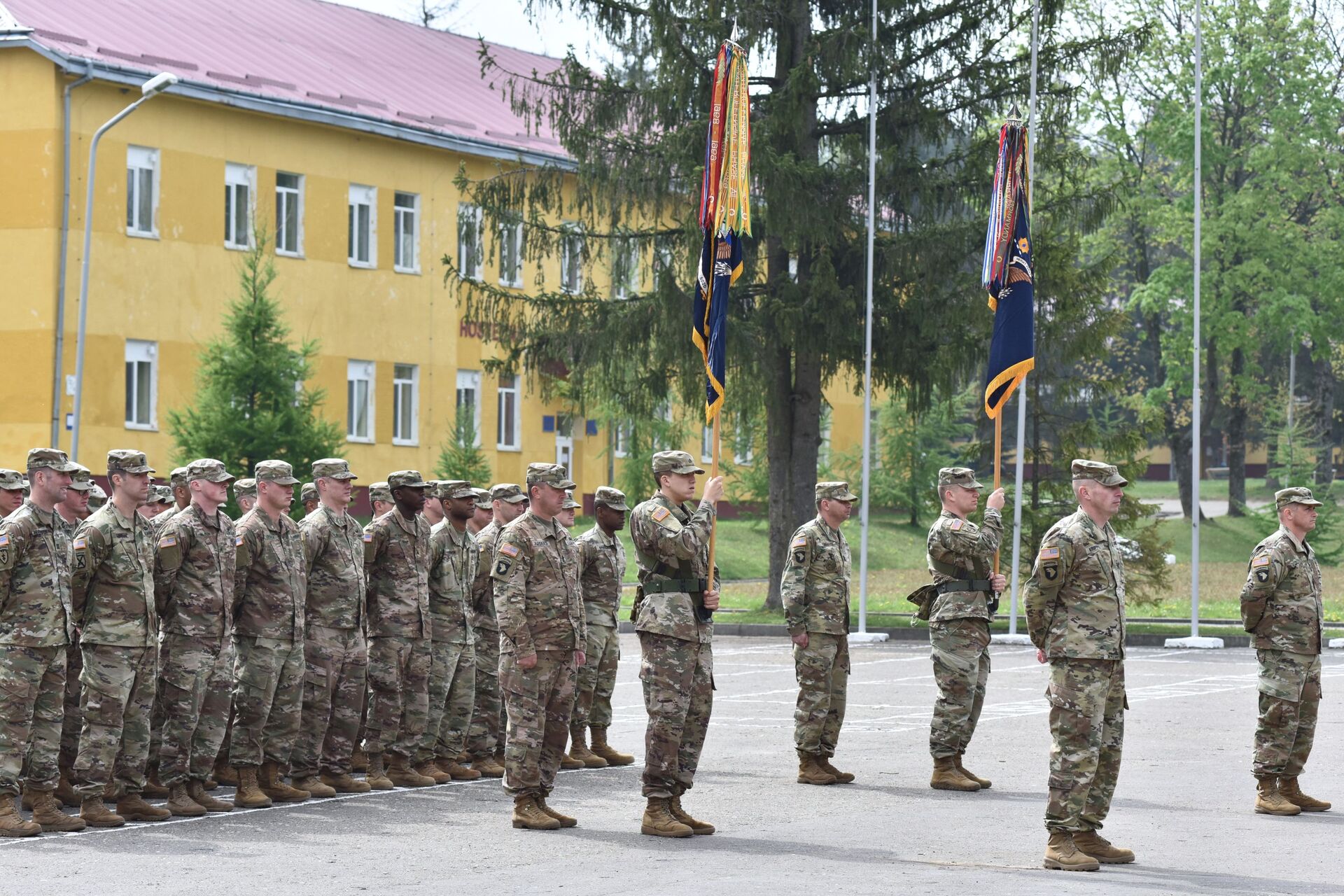Pentagon Chief Austin Rejects ‘Red Lines’ in Ukraine, Taiwan as US Draws its Own
19:44 GMT 08.12.2021 (Updated: 12:43 GMT 19.06.2023)

© AP Photo / Alex Brandon
Subscribe
As Washington postures as “standing up” to Russian President Vladimir Putin and Chinese President Xi Jinping, US Defense Secretary Lloyd Austin said he rejects “red lines” in the situations surrounding Ukraine and Taiwan. However, his comments came as his commander-in-chief was drawing new ones.
Speaking to online news outlet Defense One on Tuesday, Austin said he prefers a flexible approach to the tense situation in Eastern Europe, where Kiev and NATO have alleged the Russian Army is massing for an invasion of Ukraine.
“I think in situations like this, I think conveying red lines only exacerbates the problem. I think we need to focus on finding ways to de-escalate and reduce tensions,” Austin told the outlet, adding that it isn’t “helpful for us to draw a line in the sand at this point.”
Austin had similar words about Taiwan, which the US openly supports despite formal agreements with Beijing acknowledging its longstanding claim that the island is part of China.
“We don't want to see change in the status quo, especially, certainly a unilateral change in the status quo,” he said. “We think that all tensions in that area should be resolved diplomatically first.” High-profile US visits and weapons sales to the autonomous island have infuriated Beijing in recent years, which has begun performing regular military drills in international waters off the coast that Western media incorrectly describes as “incursions” of Taiwanese airspace.
However, the same day as Austin’s remarks, US President Joe Biden was doing just that: during a phone call with Putin, he laid out severe economic consequences if Russia did launch an invasion of its western neighbor, which has grown increasingly close to the US and NATO since the US-backed coup in 2014 that brought a right-wing nationalist government to power in Kiev.
“[Biden] told President Putin directly that if Russia further invades Ukraine, the United States and our European allies would respond with strong economic measures,” White House national security adviser Jake Sullivan told reporters at a presser after the phone call.
“We would provide additional defensive material to the Ukrainians above and beyond that which we are already provided,” he added. “And we would fortify our NATO allies on the eastern flank with additional capabilities in response to such an escalation.”
Four days earlier, Biden put it even more plainly: "I don't accept anybody's red lines,” he told a Polish reporter in Washington.
Putin’s red lines being repudiated include the further eastward expansion of the NATO alliance, which presently includes a number of countries on or near Russia’s borders, and the positioning of offensive weapons in Ukraine by the alliance. He has repeatedly sought security guarantees from the West, seeing NATO - which began as an anti-Soviet defensive pact in the late 1940s - as an existential threat to Russia.
"We're constantly voicing our concerns about this, talking about red lines, but we understand our partners - how shall I put it mildly - have a very superficial attitude to all our warnings and talk of red lines," Putin said in a televised speech last month. He added that the US had flown bomber aircraft carrying "very serious weapons" just a dozen miles from Russian territory.
NATO’s Steady March East
After the Cold War ended and NATO’s socialist counterpart in Eastern Europe, the Warsaw Pact, collapsed, NATO began taking in a slew of former Soviet allies and even three former Soviet republics: Lithuania, Latvia and Estonia. This was in direct contradiction to promises made to Mikhail Gorbachev, the last Soviet premier, by Western leaders at the time like US President George H.W. Bush, British Prime Minister Margaret Thatcher, French President Francois Mitterrand and German Chancellor Helmut Kohl that NATO would not extend “one inch eastward” beyond a reunified Germany.

FILE - In this Friday, Sept. 29, 2017 file photo, France's President Emmanuel Macron, left, shakes hands with French soldiers of the NATO Battle Group at the Tapa military base, about 90 kilometers (56 miles) west of Tallinn, Estonia
© AP Photo / Marko Mumm
NATO began a rapid expansion of its forces in Eastern Europe after Ukrainian nationalists seized power in Kiev in 2014 with US backing and began laying out a political program for reducing the country’s sizable Russian-speaking minority to second-class status. The alliance established a Enhanced Forward Presence of four battalion battle groups in four countries on Russia's western border: Poland, Lithuania, Latvia and Estonia, and built new military installations in Romania, which NATO claimed were purely defensive but which proved, as Moscow feared, to be easily capable of being converted to offensive use.
Within weeks of the coup, the predominantly Russian-speaking Crimea had declared independence from Ukraine and voted to rejoin Russia. Several Russian-speaking cities in the eastern Donbas region declared themselves independent republics, taking up arms against Kiev in a still-ongoing conflict that has claimed more than 14,000 lives.
The West has rejected Crimea’s referendum on rejoining Russia, and continues to claim the peninsula is part of Ukraine being occupied by Russian forces, and claims Russia is backing the rebellious Donbas republics, which Moscow has repeatedly denied.
After Russian troops carried out drills in southern Russia in April, which NATO similarly fretted was a prelude to an invasion of Ukraine, Kiev began to press more strongly for membership in the alliance, saying that being protected by NATO’s collective defense clause was the only way to guarantee Ukraine’s territorial sovereignty and end the war in the Donbas. Around the same time, Ukrainian President Volodymr Zelenskyy released a political framework for regaining control over the Crimea from Russia.

